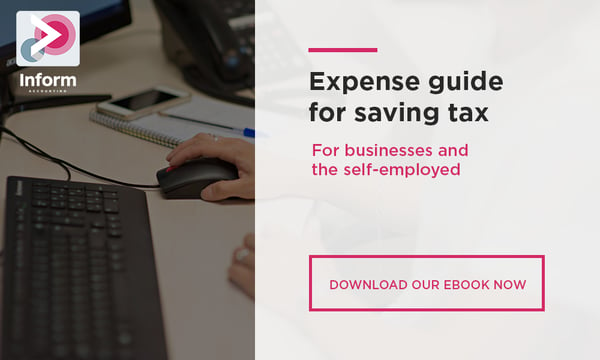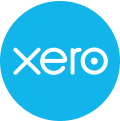BLOG
Are you ready for Making Tax Digital (MTD) Phase 2 - digital links?

In light of the outbreak of the pandemic in late March last year, HMRC announced an extension to the deadline for digital links for MTD from 1 April 2020, to 1 April 2021.
What do you need to do?
From 1 April 2021, digital links between your systems are essential to keep compliant with the MTD regulations, although there are different rules depending on VAT scheme and industry. The term ‘digital link’ has caused some confusion both in business and the accounting profession, but some clarity can be given. It is acceptable for digital links to exist between various pieces of software, or even spreadsheets - but these links MUST be digital.
Strict rules have been put in place to outline what is meant by a ‘digital link’ for the purposes of MTD. HMRC identifies the following:
- Electronic transfer of data is essential between systems, programs or applications. As mentioned above, this could also include cells linked by formulae within a spreadsheet.
- There must be no manual intervention in the data transfer process. This, simply put, means that data cannot be copied and pasted between spreadsheets, or manually entered into a piece of software.
The retailer exception...
There is an exception to the digital link rules above for retailers using a till system.
Recognising the volumes of transactions typically involved in the industry, retailers are permitted to record gross daily takings, rather than individual transactions. It should be noted here that the key word is ‘daily’ - retailers should not record weekly, monthly or quarterly sales for MTD purposes. The good news about this is that there doesn’t need to be a digital link established between the till system and your accounting software (phew!). Simply enter the daily sales total, either via sales journal or invoice, and the MTD conditions will be satisfied.
This exception may be open to you, without you even realising it. Many businesses are using the ‘retail scheme’ for VAT, so you should check if this applies to your business.
For ecommerce businesses i.e. those selling online through platforms such as Shopify, Amazon etc., or even their own custom built website, they will need to ensure that a digital link exists between each platform and their accounting software.
Other businesses using invoicing software outside their accounting system will also need to ensure that there is a digital link in place between these systems.
Finally, use of the VAT flat rate scheme continues and digital records of supplies received are not required (unless they relate to capital items which cost more than £2,000 including VAT).
A cloud solution
For businesses on cloud accounting platforms such as Xero or Quickbooks, it should come as no surprise that there are already a number of applications in the ecosystem that have been built to support this next phase of MTD.
We are working with a number of different software providers to find the best solution for our clients. In the coming week we will be speaking directly with our bookkeeping clients likely to be affected by this change, to advise on the solutions available to ensure compliance with the new regulations.
Implementing new software does, unfortunately, come at a cost. Whether you choose to use the systems we advise, or implement your own, there may be additional charges which are typically dependent on volumes.
Whilst we are taking every step to support our clients through this change, it is ultimately your responsibility to ensure appropriate measures are taken to meet HMRC requirements by the end of the next VAT quarter after 1st April 2021.
Looking for support?
If you think your business will be affected, and need additional support, please contact us to find out how we can help.
Read more of Inform's tax blogs:
Business interruption insurance – Are pay-outs taxable?
National Living Wage and National Minimum Wage changes from April 2021




.jpg?width=1500&height=1000&name=amy-hirschi-K0c8ko3e6AA-unsplash-(5).jpg)

